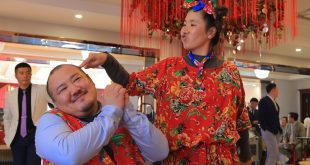
The open show complication 公开赛的复杂性
The issue of relative show size is of course further complicated by the fact that in the UK there is still a very large number of open shows, both all-breed and breed specialty, at which no championship qualifying awards are available. Last year there were nearly 1,600 such shows held in the UK and that goes a step further in explaining why the championship show numbers look so different as between the UK and the USA. Here in the UK there is a whole other layer of shows that people can and do attend. But this brings us back again to the question of whether it is better to have a large number of small shows or a small number of large shows. Geography undoubtedly influences decisions on that, and with a large country like the USA with its much lower population density than the UK, it is indeed inevitable that individual shows will be smaller. But policy decisions too, those made by the governing body (AKC or TKCV), can also have a major influence.
相对规模的犬展当然更显复杂,因为在英国,仍有大量的公开赛,包括全犬种以及犬种单独展(不具备冠军展的资格)。去年,英国大约举办了1,600场犬展,这也可以进一步解释英美两国冠军展的不同性。在英国,也有一些其他层次的犬展可以提供人们参加。这又回到了最初的问题:场数多的小型犬展和少数的大型犬展哪一个更好。不可否认,地理因素是其中之一,拥有大面积国土的美国人口密度却比英国小很多,相应的,犬展规模会小很多。政策也是因素之一。AKC or TKCV 等犬协机构的决策对犬展有非常大的影响。
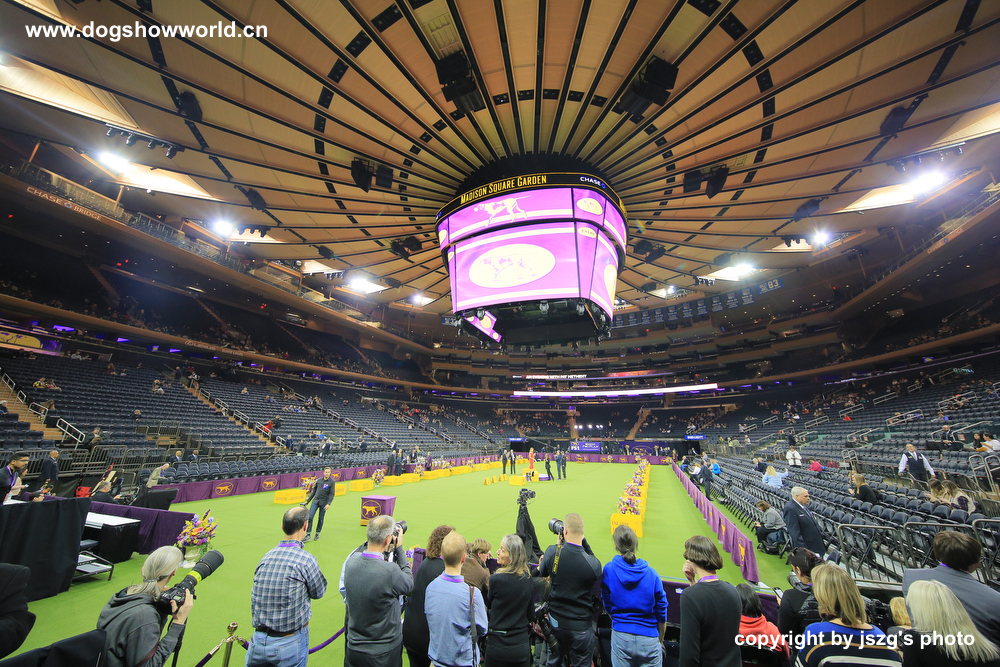
Nowhere does that question become more focused than when it comes to the UK open show scene. And there the contrasts with the USA position can be seen even more dearly. Up to now TKC has taken the opposite view from that taken by the AKC. The latter has been allowing more and more shows to chase what seems to be a limited demand by exhibitors to make entries. In the UK on the other hand TKC has kept the number of all-breed championship shows static and for open shows it has actually made rules whereby only the clubs whose shows attract higher entries per class are allowed to run more events.
说到英国公开赛,上面阐述的问题更成为人们的关注点。这些比较使得美国的立场更加鲜明。到目前为止,TKC的观点往往与AKC相反。后者一直在允许越来越多的犬展,以此吸引更多的参赛者。另一方面,在英国,TKC保持了全犬种冠军展的数量不变。而在公开赛中,英国规定,犬种俱乐部如果能吸引每个年龄段更多参赛者,就能举办更多的赛事。

Some years ago it was felt that open shows were in terminal decline with fewer and fewer exhibitors coming forward to compete at such events. It was agreed then that something had to be done to change the situation. There had always been strict rules about how many shows could be held in an area on any one day. That went some way towards keeping things relatively in balance. But that was still not seen as being enough. Some people argued that the issue would be solved simply by allowing market forces to take their toll. They maintained that the smaller open shows would simply go out of business because they would not be able to survive financially and so a reasonable balance would be achieved. For various reasons this had not turned out to be the case – mainly because shows were being subsidized by other fund raising activities of one kind or another.
几年前,随着参赛者的减少,公开赛开始减少。是时候改变这种情况了。通常,一个地区一天举办犬展的场数都有严格的规定,这在某种程度上是为了保持相对平衡。但这些远远不够。有人认为,只要充分发挥市场的力量,就可以解决这个问题。他们坚持认为,规模较小的公开展将无法生存,因为耗费较大,因此我们要建立一个合理的平衡点。而由于种种原因,这个想法没有成为现实,这主要是因为犬展需要依靠某些活动筹备资金。
Restriction imposed 限制因素
Up to that time each society had been allowed to organize two open shows a year with as many classes and breeds as they wanted, irrespective of the number of entries achieved.The decision was taken by TKC to limit all breed societies to running just one show a year unless their shows managed to achieve an average of at least four entries per class. If they did reach that target, then they were allowed to run two shows annually. The intention behind this restriction was to ensure that the better shows would be encouraged and helped to continue and survive. The other reasoning was to make sure that the shows would pay greater attention to the breeds that they scheduled so as to encourage greater competition.
以前,每个国家都想获得更多不同年龄段,不同品种的犬只,因此允许每年组织两场公开赛,不管参赛者数量是多少。这一规定是由TKC提出: 每年仅可举办一场全犬种犬展,除非平均每个年龄段参赛犬只达到4只,若达到该标准,每年可举办两场全犬种犬展。
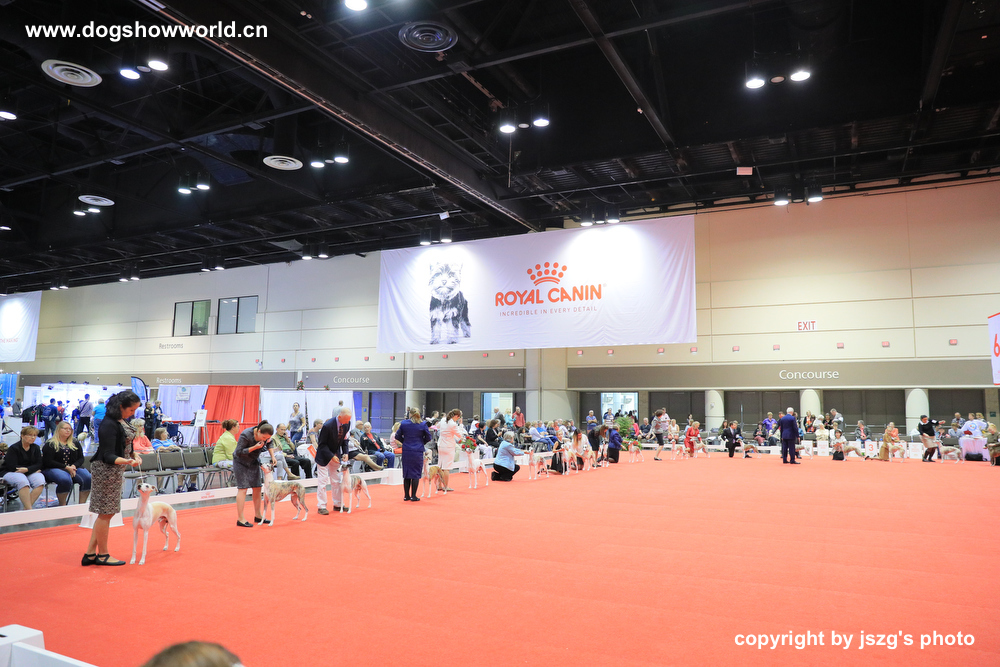
I was very much in favour of these moves because, as I have written elsewhere, I have always felt that dog show exhibitors are inherently competitive people, otherwise they would not go to dog shows. They like winning in larger classes rather in classes of one or two. In my view less and less competition at shows merely puts competitive people off. It increases the downward spiral in entries and results in shows becoming smaller and smaller as the years go by.
这个限制的目的是更好的鼓励,帮助举办高质量的犬展, 发扬好的犬展,去掉糟粕。其次,要确保人们在犬展更加关注于参赛犬种本身,鼓励更大的竞争。对于这种限制措施,我是非常支持的。原因我以前就提到过,在我看来,参加犬展的人往往喜爱竞争,否则他们不会携带犬只参加犬展。他们希望在多个赛组中赢得冠军。凡是比赛,便不会把喜欢竞争的人拒之门外。这恐怕也是近年来犬展规模日渐减小,反而吸引了更多的参赛者的原因之一。

Unfortunately I am not able to point to statistics showing whether or not this policy in the UK of restricting the number of shows has been a success. Open shows here are reckoned to have continued to fall in popularity but there are no exact statistics to back this view up. Even if there were and they showed a reduction in the size of entries, that would not necessarily prove anything either. Why? Because we can never know what kind of support open shows would have today if these moves had not been introduced. The only statistic we do have is that in 2015 there were 5.5% fewer open shows in the UK than there were five years ago.
但是没有确切的数据可以证明英国对犬展场数的限制是否成功。据悉,英国公开赛的举办次数在持续下降,但是也没有数据可以证明这一点。尽管有参赛者减少的趋势,也无法进一步证明什么。为什么呢? 因为谁也无法想象,假如没有实施一些限制,如今的犬展公开赛会是什么样子。唯一的数据是2015年公开赛的场数比2010年下降了5.5%.
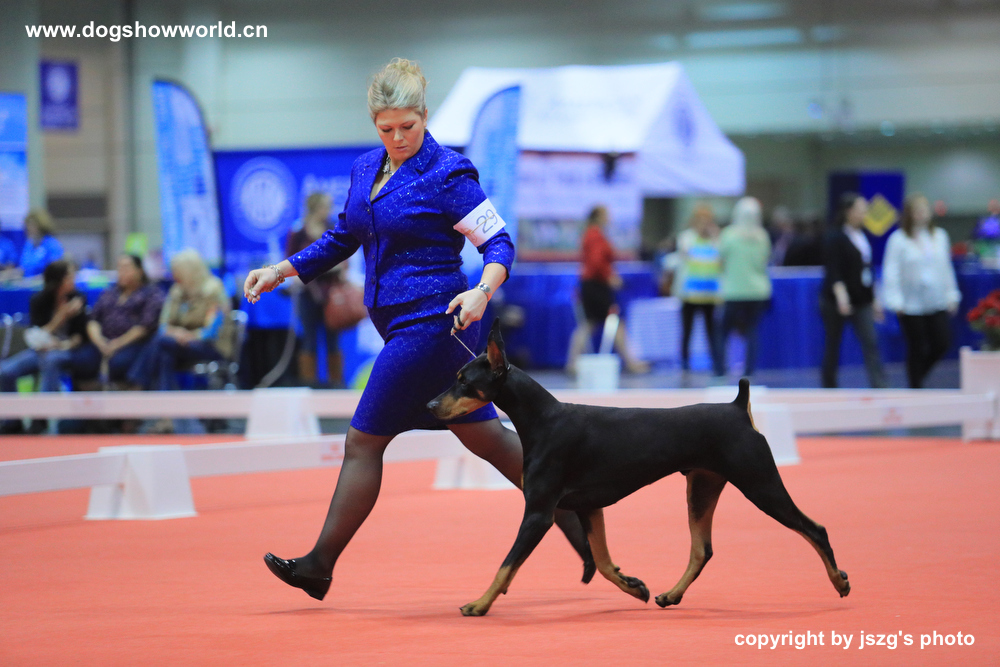
The future 未来
Currently TKC has charged a group of people entitled ‘The Shows Promotion Working Party’ to look at the open show scene here in the UK and decide how best to promote and improve it. Many people again believe that the best way to improve it is simply to let market forces decide. Presumably that is the attitude that the AKC takes on allowing more and more events to take place in the USA. But when there has, over the years, been a steep decline in the number of dogs registered at the AKC, does this policy actually make sense? Should this be allowed to happen? Would some form of intervention by the AKC to reduce the number of shows be against the spirit of the American free market approach to things?
目前,TKC 已经成立‘犬展宣传组’,主要职责是在英国犬展现场观看比赛,并想出提高,发扬犬展的方法。 仍然有许多人认为提高犬展质量的最好办法是利用市场的力量。想必这也是如今AKC 允许举办越来越多犬展的原因。但值得注意的是,过去几年里,AKC官方注册的犬只数量持续减少,那么,依靠市场真的有效吗?这就是形势吗?AKC采取的一些形式干预措施以减少犬展数量是否违反了美国自由市场的做法呢?
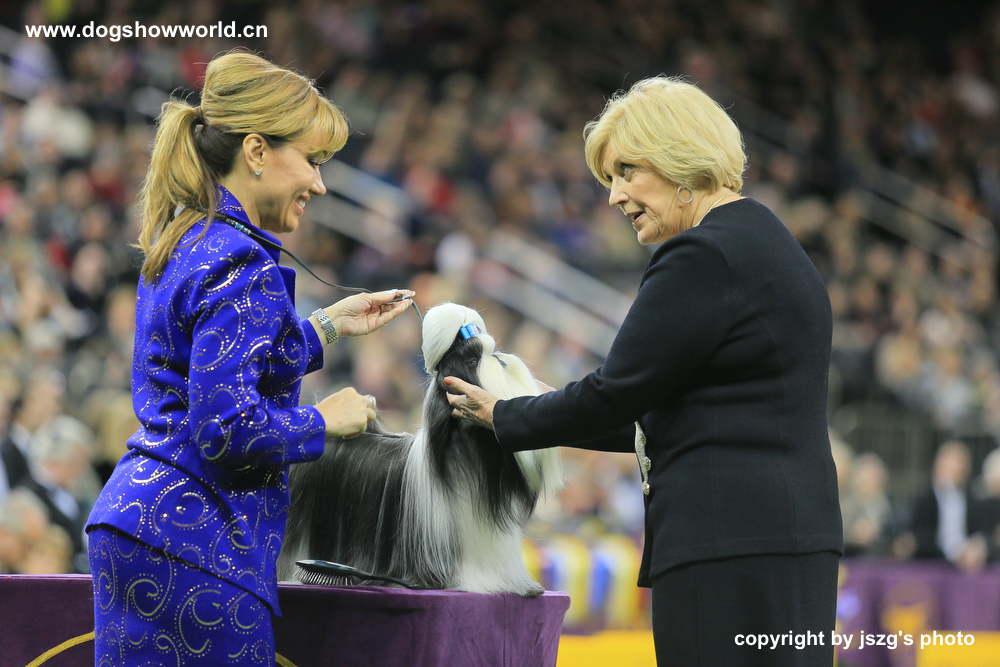
The AKC already uses some powers to control the market. For example, its Rules state: ‘Each club or association which has held a show or shows in any one year shall have first right to claim the corresponding dates for its show or shows to be held in the next succeeding year: They go on to say: “Each member club or association not a specialty club which shall hold a show at least once in every two consecutive calendar years shall have the sole show privilege in the city, town or district which has been assigned to it as its show territory”Why not extend those powers to restrict the number of shows and make competition greater at the remaining events? Surely that would be welcomed by most exhibitors even if not necessarily by show organizers?
AKC已经采取措施控制市场。例如,AKC作出规定:凡有举办犬展经历的犬种俱乐部或者协会有权利决定在下一年举办犬展的日期。俱乐部或协会(非单犬种俱乐部)至少在两年周期以上,在特定的城市,城镇或地区可以举办一次俱乐部犬展。为什么不限制类似小型犬展的数量,而保留大型规模的犬展?当然这肯定会受到大多数参展商的欢迎,即使不一定是由协会组织举办。



资料来源:转自DN杂志,由犬界网编译。Reprinted from DN Magazine, translated and edited by Dog Show World.
教你玩转犬界网Browsing instructions of Dog Show World
20171028南京/NANJING 20171029南京/NANJING
20171027昆明/kunming 20171028昆明/KUNMING 20171029昆明/KUNMING
20171027厦门/ XIAMEN 20171028厦门/ XIAMEN 20171029厦门/ XIAMEN
CKU百场BIS俱乐部–Filas, 开心家族Club of Over-Hundred BIS-Filas, from Kai Xin Jia Zu Kennel
 犬界网 上海言瑞文化传播有限公司
犬界网 上海言瑞文化传播有限公司 


